Denmark
Welcome to Denmark
Welcome to Denmark, a land where fairy tales come alive, modern design meets medieval charm, and the spirit of hygge—the unique Danish art of coziness—infuses every experience. Whether you’re drawn by the vibrant pulse of Copenhagen, the windswept beaches of Jutland, or the storybook villages dotting the islands, Denmark in 2025 promises a journey that is both enchanting and deeply authentic. Here, centuries-old castles stand beside cutting-edge architecture, Viking legends echo through living history museums, and the aroma of freshly baked pastries mingles with the salty sea air.
Denmark, the southernmost of the Nordic countries, is a compact yet endlessly diverse destination. Comprising the Jutland Peninsula and over 400 islands—including Zealand, Funen, and Bornholm—Denmark is a tapestry of landscapes: rolling farmland, lush forests, dramatic dunes, and over 7,000 kilometers of pristine coastline. Its cities blend history and innovation, from Copenhagen’s colorful harbors and royal palaces to Aarhus’s cutting-edge art museums and Odense’s fairy-tale streets.
Travel in Denmark is refreshingly easy. English is widely spoken, distances are short, and the country’s world-class public transport and extensive cycling infrastructure make getting around a breeze.
Why visit?
1.
Denmark is the birthplace of hygge, a concept that goes beyond coziness to encompass a sense of well-being, togetherness, and contentment. It’s found in candlelit cafes, leisurely bike rides along cobbled streets, and evenings spent with friends over hearty Danish fare. This spirit of warmth and simplicity infuses daily life, making visitors feel instantly at home. Denmark’s emphasis on quality of life, sustainability, and community consistently ranks it among the world’s happiest countries—a feeling that’s truly infectious.
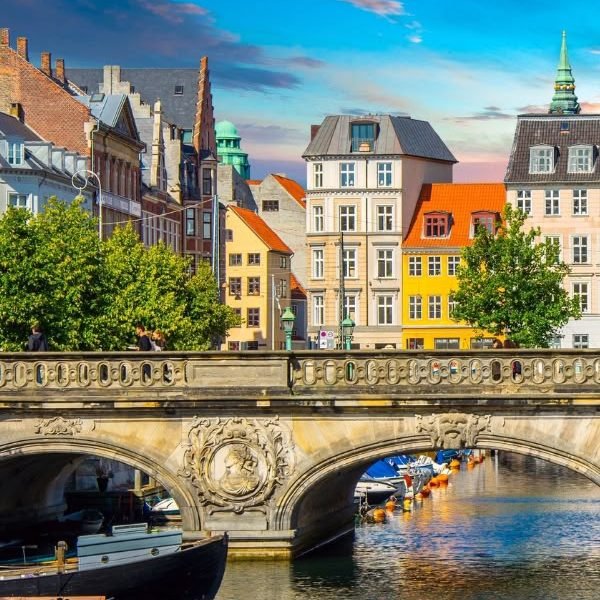
1.
Few places blend old and new as seamlessly as Denmark. Explore Renaissance castles, Viking fortresses, and medieval towns, then marvel at futuristic cityscapes and cutting-edge design. The country’s culinary scene is equally dynamic, with everything from cozy bakeries to Michelin-starred restaurants. Whether you’re wandering the fairy-tale streets of Odense, cycling through the green heart of Copenhagen, or relaxing on the windswept shores of Bornholm, Denmark offers a rich tapestry of experiences that cater to every interest and pace
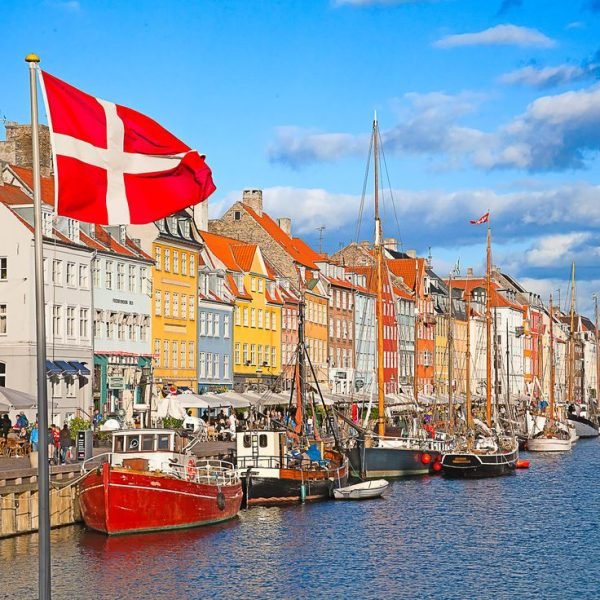
Planning Your Trip
Visa Information
Traveling to Denmark in 2025 is more streamlined but requires careful preparation, especially as the country continues to update its immigration and visa policies. Denmark prioritizes skilled workers, students, and family members for longer stays, but for tourism, most travelers will need to apply for a Schengen visa unless they are from a visa-exempt country. The application process is entirely online via the “New to Denmark” portal, and you’ll need to provide precise documentation—certified translations are required for any documents not in Danish or English. Missing paperwork is a common reason for rejection, so double-check all requirements before submission. Processing times typically range from one to four months, and you can track your application through the portal. Overstaying a previous visa can result in a five-year ban, so it’s crucial to adhere to visa conditions. Always verify the latest requirements and fees on Denmark’s Immigration Service website before applying, as regulations can change quickly.
Best Time to Visit
Denmark is a year-round destination, but your experience will vary greatly depending on when you visit. The best times to visit are during late spring (April–June) and early autumn (September–October), when the weather is mild, the landscapes are vibrant, and tourist crowds are manageable. Summer (June–August) is high season, offering long daylight hours, bustling city life, and numerous festivals, but also higher prices and more visitors. Winter (November–March) is Denmark’s low season; while the weather is cold and often wet, this is the time to experience true Danish hygge—cozy gatherings, candle-lit cafes, and magical Christmas markets.
Getting To and Around
Getting to Denmark
Denmark’s main international gateway is Copenhagen Airport (CPH), well-connected to major cities across Europe, North America, and Asia. Other international airports include Billund (serving Jutland and LEGOLAND) and Aarhus. Trains and ferries also link Denmark to neighboring countries, making it easy to include in a broader Scandinavian itinerary.
Getting Around Denmark
Denmark’s compact size and excellent infrastructure make getting around simple and efficient. Trains and intercity buses connect all major cities and regions, with frequent departures and comfortable, modern carriages. Within cities, cycling is the preferred mode of transport—Copenhagen, in particular, is renowned for its extensive bike lanes and rental schemes. Public transport in Copenhagen and Frederiksberg is undergoing a green revolution: by the end of 2025, 90% of bus traffic will be emission-free, thanks to a major shift to electric buses. This makes urban travel not only convenient but also environmentally friendly. For exploring rural areas or island-hopping, car rentals and ferries are available, though many visitors find public transport and cycling more than sufficient for most journeys.
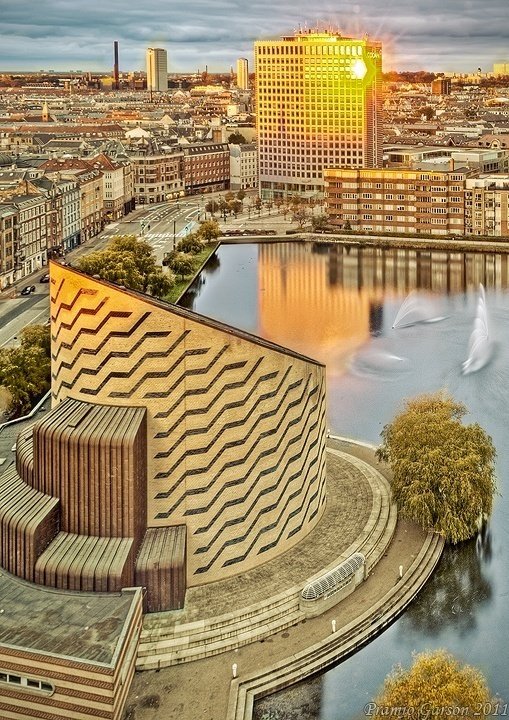
Accommodation
Denmark’s lodging scene in 2025 caters to every taste, from hygge-filled boutique stays to eco-conscious design hotels. Here’s how to navigate your options:
Copenhagen’s Best Stays
- Hotel Kong Arthur (#1 TripAdvisor): A modern boutique gem in a heritage building near Torvehallerne market. Guests rave about its “cozy hour” social events and Molton Brown toiletries.
- 71 Nyhavn Hotel: Canal-view rooms with exposed wooden beams, steps from the iconic harbor. Perfect for first-timers seeking postcard-perfect mornings.
- 25hours Hotel Indre By: Eclectic design with vinyl listening rooms and Round Tower views. Free mini-bars and bold artwork define this trendy hub.
- CityHub Copenhagen: Tech-forward capsule hotel with mood-lit pods and communal saunas. Ideal for digital nomads and budget-conscious travelers.
Pro Tip: Book Scandic Palace Hotel near Tivoli Gardens for balconies overlooking City Hall Square—its historic charm pairs perfectly with modern comforts.
Beyond the Capital
- Hotel Legoland Billund: Direct park access and LEGO-themed rooms. The gamer rooms with interactive builds are a hit with families.
- Clarion Hotel Copenhagen Airport: Spacious rooms with runway views and early check-in for red-eye flights. The breakfast buffet earns consistent praise.
- Skagen’s Brondums Hotel: A seaside classic where artists like P.S. Krøyer once stayed. Opt for a suite with Baltic Sea vistas.
- Ribe’s Dagmar Hotel: Sleep in Denmark’s oldest town at this 16th-century inn, complete with four-poster beds and medieval banquets.
Unique Stays
- Treehotel Denmark: Though technically in Sweden, this concept inspires Danish alternatives like Naturisten’s off-grid cabins in Thy National Park.
- Løgismose Mini Hotels: Farm-based micro-lodges with organic breakfasts sourced from on-site gardens.
- Falster’s Beach Huts: Solar-powered strandhytter (beach huts) with direct access to the Baltic’s calm waters.
Sustainability Focus
Denmark leads in green stays. Guldsmeden Hotels use 100% organic linens, while Hotel Ottilia repurposes a former brewery with zero-waste policies
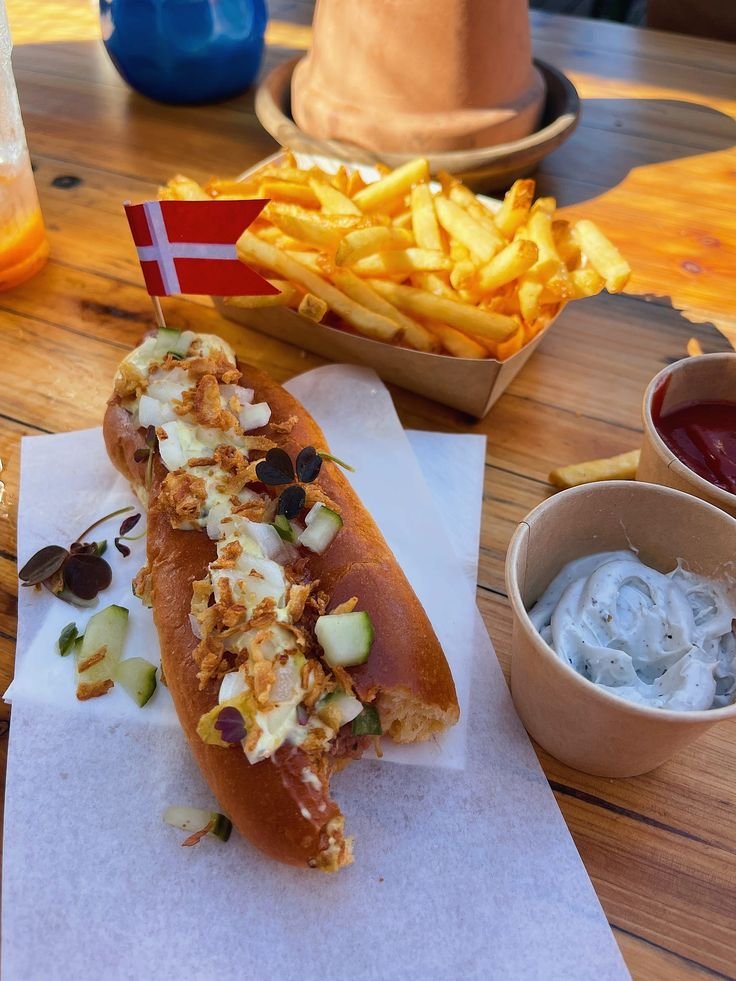
Food and Drink
Denmark’s culinary scene blends New Nordic innovation with timeless comfort. Here’s your 2025 tasting map:
Must-Try Dishes
- Smørrebrød: Open-faced sandwiches piled with pickled herring, curry shrimp, or roast beef. Schønnemann in Copenhagen serves 30+ varieties since 1877.
- Frikadeller: Pan-fried pork/veal meatballs, best enjoyed at Søllerød Kro with house-made schnapps.
- Æbleskiver: Pancake balls dusted with sugar, served at Christmas markets like Tivoli’s.
- Bornholm’s Sol over Gudhjem: Smoked herring on rye with raw egg yolk—a sunny island specialty.
Michelin Stars & Street Food
- Noma (3 stars): René Redzepi’s foraging-driven menu might include reindeer moss or fermented plums. Book 6+ months ahead.
- Alchemist (2 stars): A 50-course “imagination voyage” under a dome of 360° projections.
- Reffen: Copenhagen’s industrial-chic street food hub. Try the smoked duck breast with elderberry glaze.
Coffee Culture:
Join locals for kaffe og kage (coffee and cake) at La Glace, home of the iconic Sportskage since 1870.
Drinks
- Craft Beer: Mikkeller’s Warpigs in Copenhagen serves Texas BBQ with hazy IPAs.
- Aquavit: Sip caraway-spiced snaps at Brøndums Spisehus in Skagen.
- Natural Wine: Pompette in Aarhus pairs orange wines with Danish charcuterie.
Budget Bites:
Lunch specials (dagens ret) cost 30-50% less than dinner. Torvehallerne Market offers smørrebrød from DKK 60.
Planning Your Culinary Journey
Food Festivals 2025
- Copenhagen Cooking (August): Forage with chefs, attend Nordic BBQ championships.
- Aarhus Food Festival (September): Sample seaweed ice cream and meet Michelin-starred chefs.
Dietary Needs
- Vegan: Bistro Lupa in Copenhagen crafts jackfruit smørrebrød.
- Gluten-Free: Reno’s sourdough pizzas use alternative flours.
Pro Tips
- Book Early: Noma reservations drop on the first Wednesday of each month.
- Tipping: Round up to 10% in restaurants; no tips for taxis.
- Copenhagen Card: Includes free entry to Torvehallerne’s guided food tours.
Final Bite
Denmark’s 2025 tables are set with innovation and tradition—whether you’re savoring a 50-course fantasy at Alchemist or sharing cinnamon-dusted kanelsnegl with locals. Pair these flavors with stays that range from LEGO-filled wonderlands to carbon-neutral design hotels, and you’ll taste the essence of Danish hygge.
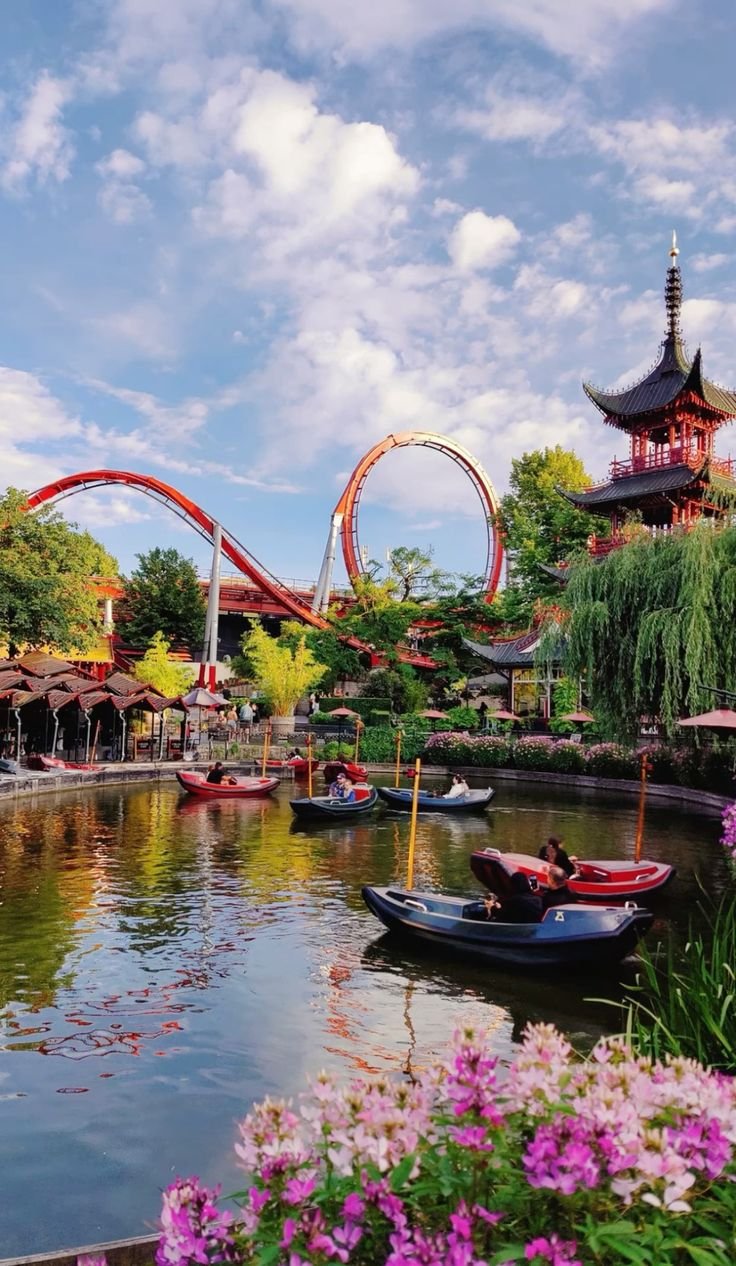
Must-See Attractions
Tivoli Gardens (Copenhagen)
Step into a storybook at the world’s second-oldest amusement park, where vintage roller coasters, twinkling fairy lights, and lush gardens create timeless magic. Inspired Walt Disney himself, Tivoli blends nostalgia with modern thrills like the Vertigo roller coaster. By night, live concerts and illuminated fountains transform the park into a luminous wonderland.
Nyhavn Harbor
Postcard-perfect Nyhavn is Copenhagen’s iconic 17th-century waterfront, lined with candy-colored townhouses, historic wooden ships, and bustling seafood restaurants. Take a guided canal tour to learn about Danish maritime history or sip hygge-style coffee at a sunlit café.
The Little Mermaid
This petite bronze statue, inspired by Hans Christian Andersen’s fairy tale, perches gracefully on Copenhagen’s Langelinie Pier. Arrive early to avoid crowds and capture sunrise photos with the serene harbor backdrop.
Kronborg Castle (Helsingør)
Immortalized as Hamlet’s Elsinore, this UNESCO-listed Renaissance fortress guards the Øresund Strait. Explore its eerie casemates, royal chambers, and the statue of Holger Danske—a mythical Viking said to awaken when Denmark needs him.
LEGOLAND Billund
A paradise for builders of all ages, LEGOLAND’s Miniland replicates global landmarks in 20 million bricks. Ride the Dragon Coaster, meet life-sized LEGO characters, and stay at the LEGO-themed hotel for 24/7 creativity.
Rosenborg Castle (Copenhagen)
A Dutch Renaissance gem housing Denmark’s crown jewels, including the dazzling 17th-century coronation crowns. Stroll the King’s Garden, a manicured oasis with rose labyrinths and picnic-perfect lawns.
ARoS Aarhus Art Museum
Ascend the rainbow-hued “Your Panoramic Rainbow” walkway for 360° city views, then descend into the haunting “Boy” sculpture in the museum’s underground galleries. The 2025 expansion adds James Turrell’s light-filled “Dome” installation.
Møns Klint & Rubjerg Knude
Møns Klint: Scale Denmark’s tallest chalk cliffs (128m), where fossils from the Cretaceous period litter the beaches below.
Rubjerg Knude: Witness the dramatic “drowned” lighthouse, slowly engulfed by shifting sands—a surreal symbol of nature’s power.
Ribe VikingeCenter
Travel back to 980 AD at Scandinavia’s oldest town. Watch blacksmiths forge weapons, join a Viking feast, and sleep in a reconstructed longhouse. Don’t miss the annual Viking market in July.
Bornholm’s Round Churches
These 12th-century fortress-like churches, such as Østerlars, served dual roles as places of worship and protection against Baltic pirates. Their unique cylindrical design and frescoes are architectural marvels.
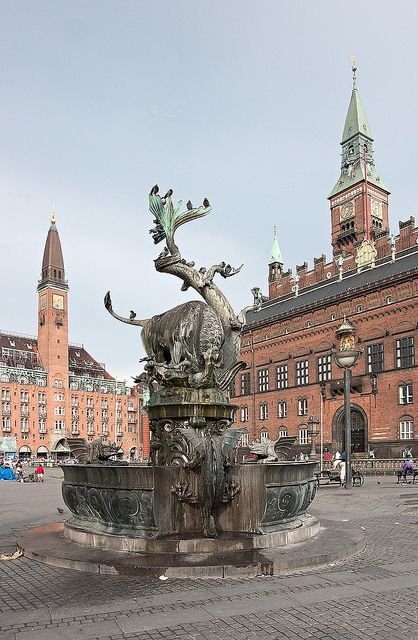
Must-Do Activities
Cycle Copenhagen’s Green Routes
Pedal past canals, cobblestones, and cutting-edge architecture on 350+ km of bike lanes. Rent a Donkey Republic bike to explore hidden gems like Superkilen Park’s optical-illusion stripes.
Kayak the Copenhagen Canals
Paddle beneath historic bridges and modern landmarks like the Opera House. Sunset tours offer golden-hour views of Christiansborg Palace’s spire.
Taste New Nordic Cuisine
Book months ahead for Noma (Copenhagen), a three-Michelin-starred pioneer of foraging-based dishes like fermented plums and reindeer moss. For a budget-friendly alternative, try Torvehallerne Market’s smørrebrød (open-faced sandwiches).
Climb the Rundetaarn (Round Tower)
Copenhagen’s 17th-century observatory features a spiral ramp instead of stairs—originally designed for horse-drawn carriages. The rooftop panorama spans the city’s copper spires and Sweden’s coastline.
Beach-Hop in Skagen
Where the North and Baltic Seas collide, Grenen Beach’s dual-tide phenomenon creates a surreal waterscape. Hunt for amber after storms or dine on fresh shrimp at waterfront fiskehuse (fish huts).
Explore Freetown Christiania
This self-proclaimed autonomous neighborhood is a kaleidoscope of mural-covered homes, vegan cafes, and DIY music venues. Respect the “no photos” rule in the Green Light District.
Sail the South Fyn Archipelago
Hop between Ærø’s thatched-roof villages and Langeland’s sunflower fields via car ferries. Rent a bike on Ærø to pedal past half-timbered houses and wildflower meadows.
Hike Thy National Park
Denmark’s first national park is a windswept wonder of dunes, heathlands, and seal-inhabited lagoons. Stay overnight in a thatched strandhytte (beach hut) for stargazing.
Join a Danish Baking Class
Master the art of flaky wienerbrød (Danish pastry) at Københavns Bagerkursus, where bakers reveal secrets to perfect laminated dough. Pair your creations with kaffe (coffee) for maximum hygge.
Celebrate Midsummer’s Eve
On June 23rd, join locals at bonfire-lit beaches like Tisvildeleje. Sing traditional songs, feast on herring and schnapps, and leap over flames for good luck.
Pro Tips for 2025
- Avoid Crowds: Visit major attractions like The Little Mermaid before 9 AM or after 6 PM.
- Sustainable Travel: Use Rejseplanen app for real-time public transport updates—90% of Copenhagen’s buses will be emission-free by late 2025.
- Special Events: Catch the Copenhagen Cooking Festival (August) for Nordic food demos or Aarhus Festival (September), a city-wide arts takeover.
Denmark’s 2025 allure lies in its seamless blend of whimsy and wonder—whether you’re tracing Viking footprints, savoring Michelin-starred innovation, or dancing atop a shifting sand dune. Every moment here feels like turning a page in a living fairy tale.
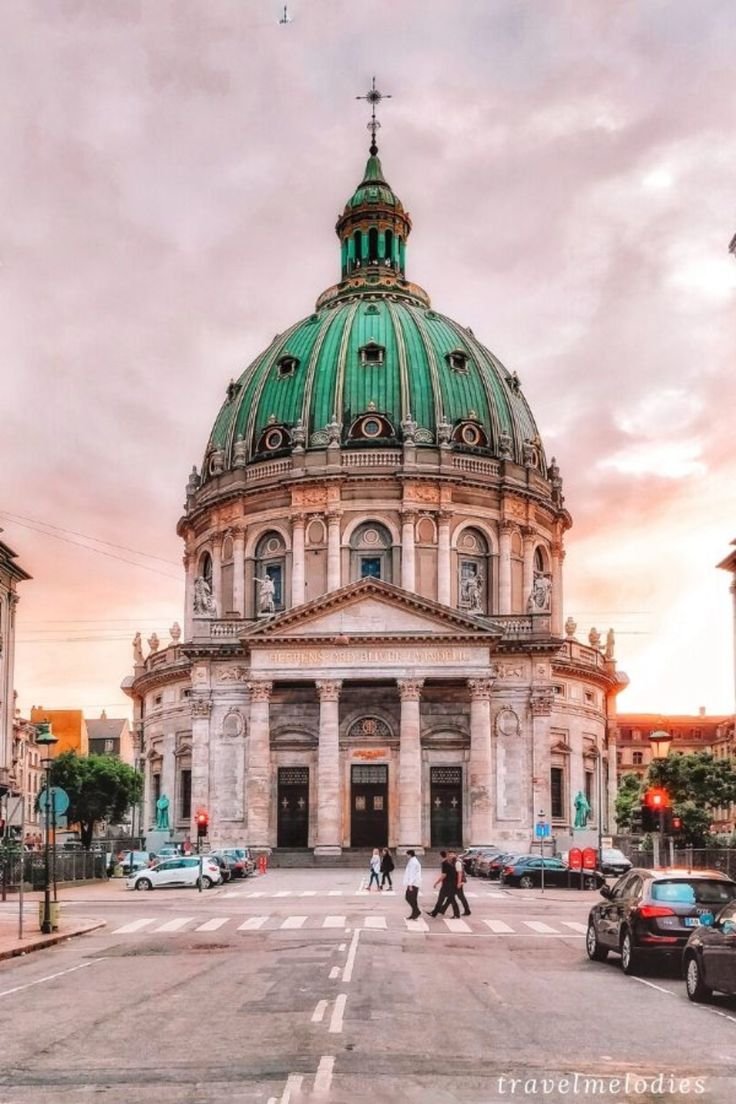
Travel Tips
Safety Advice
Staying Secure in Cities
Denmark is one of Europe’s safest countries, but vigilance remains key. Petty theft like pickpocketing occurs in crowded areas such as Copenhagen Central Station, Nyhavn, and Tivoli Gardens. Thieves often work in teams, using distractions to target bags or phones left unattended at cafés.
- Pro tip: Use anti-theft crossbody bags and keep valuables in hotel safes.
- Avoid: Displaying expensive jewelry or cameras in transit hubs.
Navigating Christiania
Copenhagen’s Freetown Christiania is a unique counterculture enclave but has seen gang-related violence linked to drug trade disputes.
- Do: Respect the strict “no photography” rule (enforced by residents) and avoid the Green Light District after dark.
- Don’t: Engage with illegal drug sellers—authorities have increased raids in 2025.
Terrorism Preparedness
Denmark’s terror threat level remains at “significant” (level 4/5). Potential targets include transport hubs, tourist sites, and public events.
- Stay alert: Report unattended bags in metro stations or crowded areas.
- Emergency numbers: Dial 112 for police, fire, or medical help.
Cycling Safely
With 12,000+ km of bike lanes, cycling is Denmark’s lifeblood—but requires caution.
- Rules: Always signal turns, yield to pedestrians, and use front/rear lights after dusk.
- Rental tip: Choose bikes with built-in locks (e.g., Donkey Republic’s app-based rentals).
Health & Nature Precautions
- Ticks: Check for bites after hiking in Thy National Park—Lyme disease is rare but possible.
- Weather: Pack layers for sudden rain and SPF 50+ for coastal areas like Skagen, where UV reflection off water intensifies sun exposure.
Local Customs
Mastering the Art of Hygge
Denmark’s coziness philosophy isn’t just a trend—it’s a lifestyle. Join locals by:
- Lighting candles at cafés (even at breakfast!).
- Removing shoes when entering homes—hosts often provide slippers.
- Gifting flowers (odd numbers only; avoid white lilies for sympathy).
Dining Do’s & Don’ts
- Wait your turn: Danes queue orderly at buffets or bakeries—never cut lines.
- Toast properly: Say “Skål!” while maintaining eye contact, or risk seven years of bad sex (local superstition!).
- Tipping: Round up to 10% in restaurants; no tips needed for taxis.
Punctuality & Privacy
- Be on time: Arriving 5 minutes late to a dinner party is rude.
- Personal space: Maintain an arm’s length in conversations—Danes value low-key interactions.
Sustainable Living
Denmark aims to be carbon-neutral by 2045. Travelers can help by:
- Using public transport: Copenhagen’s buses are 90% emission-free as of 2025.
- Choosing “Green Key” hotels like Hotel Ottilia or Guldsmeden Hotels, which prioritize organic linens and zero-waste policies.
Language Basics
Key Phrases
While 90% of Danes speak English, these phrases earn smiles:
- “Hej!” (Hi)
- “Tak!” (Thank you)
- “Undskyld mig, hvor er toilettet?” (Excuse me, where’s the bathroom?)
- “En kop kaffe, tak” (A coffee, please)
Pronunciation Tips
Danish has a melodic rhythm but challenging sounds:
- “Rød grød med fløde” (Red porridge with cream): A tongue-twister even locals struggle with—focus on the guttural “ød” sound.
- Silent letters: “København” (Copenhagen) is pronounced “Kuh-ben-hown.”
Digital Helpers
- Google Translate’s offline mode: Decipher menus or road signs.
- DanishClass101: Free audio lessons for mastering vowel-rich words like “hyggelig” (cozy).
Additional Tips and Final Thoughts
Money-Saving Hacks
- Copenhagen Card: Free entry to 80+ attractions + unlimited public transport (from €70/24 hours).
- Lunch specials: Many restaurants offer discounted dagens ret (daily dish) from 11:30 AM–2 PM.
- Tap water: Safe to drink everywhere—carry a reusable bottle to avoid €3 mineral waters.
Emergency Contacts
- Police/Fire/Ambulance: 112
- Poison Control: +45 82 12 12 12
- U.S. Embassy (Copenhagen): +45 33 41 71 00
- Health Hotline: 1813 (non-emergency medical advice).
Final Pro Tips for 2025
- Festival bookings: Reserve accommodations 6+ months ahead for Roskilde Festival (June 29–July 6) or Aarhus Festuge (August 29–September 7).
- Off-season charm: Visit in November for Christmas markets with gløgg (mulled wine) and æbleskiver (pancake balls)—minus summer crowds.
- Solo travel: Denmark ranks #3 globally for female solo safety. Stick to well-lit streets and avoid oversharing travel plans on social media.
Denmark’s magic lies in its balance—cutting-edge sustainability meets Viking-era charm, and cosmopolitan energy coexists with pastoral calm. By embracing local rhythms and these practical tips, you’ll unlock a profoundly rewarding Nordic adventure in 2025.

